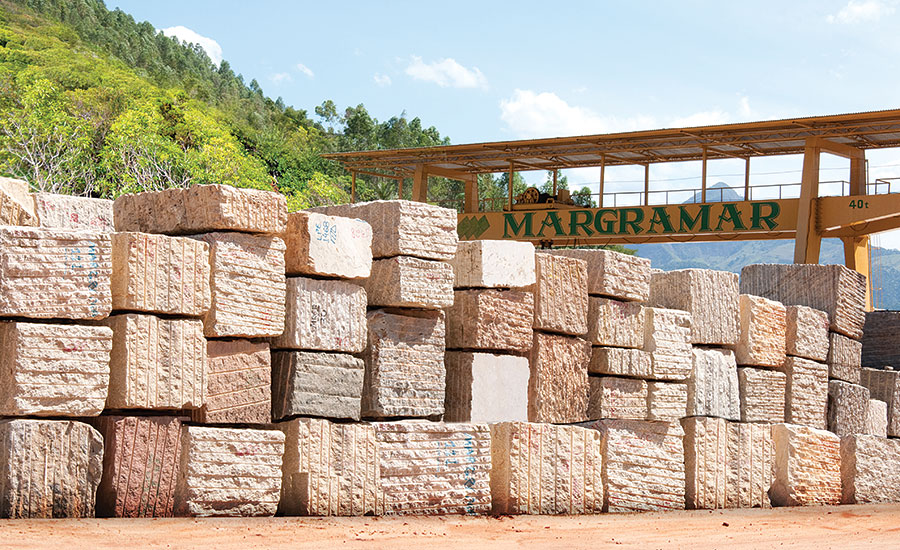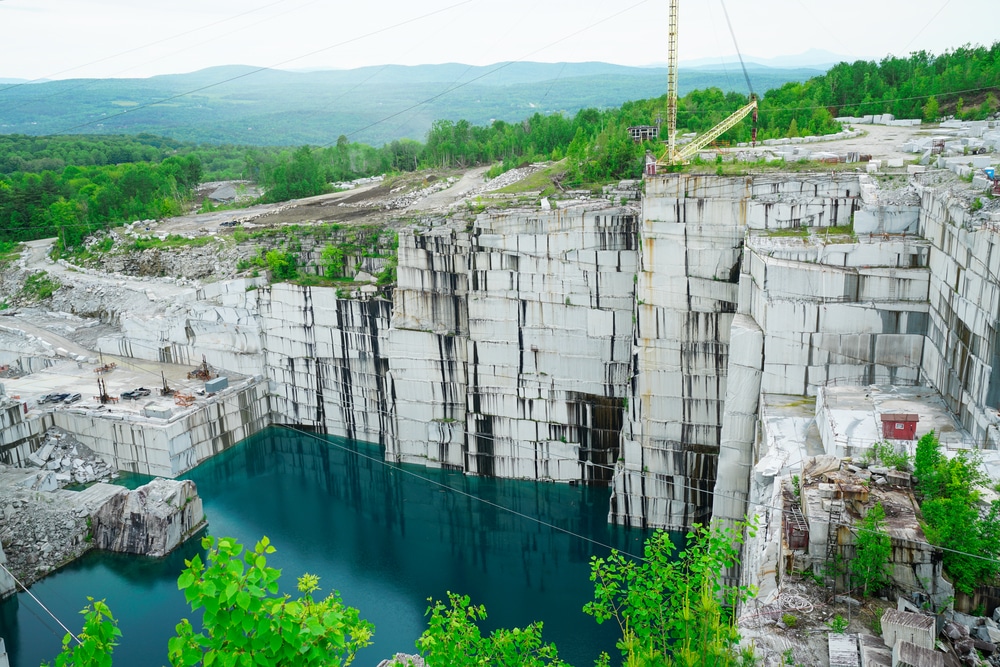Journeying Via Granite Quarries in South Africa: A Visual Odyssey
Uncovering the Rich Background and Sustainable Practices of Granite Quarrying
As we depend on the precipice of discovering the intricate tapestry of granite quarrying, a trip through time discloses not just the physical act of extracting rock but additionally the cultural and historic importance woven right into the extremely textile of this method. From the old origins that laid the foundation for modern-day quarrying techniques to the sustainable techniques that are forming the future of this industry, each sculpt mark on granite surfaces narrates waiting to be unearthed (granite quarries in south africa). The tradition of granite quarrying extends far beyond plain extraction; it is a testament to human resourcefulness, resilience, and the enduring appeal of this stunning rock
Old Origins of Granite Quarrying
Dating back to ancient people, the technique of quarrying granite has actually been an essential component of human background and architectural improvement. The earliest proof of granite quarrying go back to old Egypt, where enormous pyramids and intricate sculptures were crafted from this resilient stone. The Egyptians used primitive tools to remove granite blocks from quarries, showcasing the significance of this material in their significant constructions.
Relocating onward in background, the Greeks also made considerable payments to the quarrying of granite. The Greeks made use of granite in numerous architectural wonders, such as holy places and sculptures, showing their skill in shaping and carving this hardy rock. The Romans further refined the strategies of quarrying granite, employing advanced tools like knives and hammers to essence and shape granite for their renowned structures.
Through the centuries, the practice of quarrying granite has actually evolved, with modern technologies improving efficiency while maintaining the ageless allure of this all-natural stone - granite quarries in south africa. From old human beings to contemporary building contractors, the heritage of granite quarrying remains to shape our globe
Advancement of Quarrying Techniques
The evolution of quarrying strategies has actually been marked by a continual development towards better effectiveness and accuracy in removing granite. From the fundamental approaches used by our forefathers to the innovative innovations used in contemporary quarrying operations, the industry has actually gone through substantial improvements. Early quarrying methods involved manual work with standard devices such as blades, hammers, and wedges to draw out granite blocks from the planet. As people advanced, strategies like fire-setting and primitive nitroglycerins were introduced to assist in the removal procedure.
Innovations in computer-controlled tools and 3D modeling have actually maximized quarrying operations, leading to minimal environmental effect and improved sustainability go to this site techniques. As the need for granite proceeds to climb, the advancement of quarrying methods stays integral to conference industry needs effectively and sustainably.
Social Relevance of Granite
Granite holds a profound social value across numerous human beings due to its long-lasting presence in architectural work of arts and admired monoliths. The cultural significance of granite extends beyond its physical attributes; it symbolizes resilience, stability, and timelessness, making it an icon of sustaining legacies and traditions.

Sustainable Practices in Quarrying
In the middle of the rich history of granite quarrying and its social relevance exists a growing focus on sustainable methods within the industry. As environmental understanding and problems about resource exhaustion have increased globally, the quarrying sector has significantly accepted sustainable approaches to decrease its effect on the environment and surrounding areas.

Furthermore, reclamation and recovery of quarry websites post-extraction are indispensable to sustainable techniques. By bring back quarried areas to a natural or advantageous state, such as producing wild animals habitats or entertainment rooms, quarriers can balance out the environmental footprint of their procedures and contribute positively to the local environment.
Heritage of Granite Quarrying
With a historic backdrop steeped in craftsmanship and industrial development, what withstanding effect has granite quarrying left on the landscape of modern-day society? The legacy of granite quarrying goes beyond simple removal methods; it has actually shaped architectural marvels, city landscapes, and cultural heritage worldwide. The durable nature of granite has made it a recommended choice for monoliths, structures, and facilities, standing as a testimony to the skill and virtuosity of quarry workers throughout generations.
Additionally, the economic impact of granite quarrying can not be like it forgotten. The market remains to give job opportunity and drive regional economies in regions where granite removal is prevalent. It has also spurred technical improvements in quarrying methods and tools, resulting in much more effective and lasting methods.
In regards to sustainability, the heritage of granite quarrying includes efforts to minimize ecological effects with recovery projects and responsible source monitoring. By balancing economic rate of interests with ecological stewardship, the market makes every effort to make sure that future generations can proceed to benefit from this long-lasting natural deposit.
Conclusion
